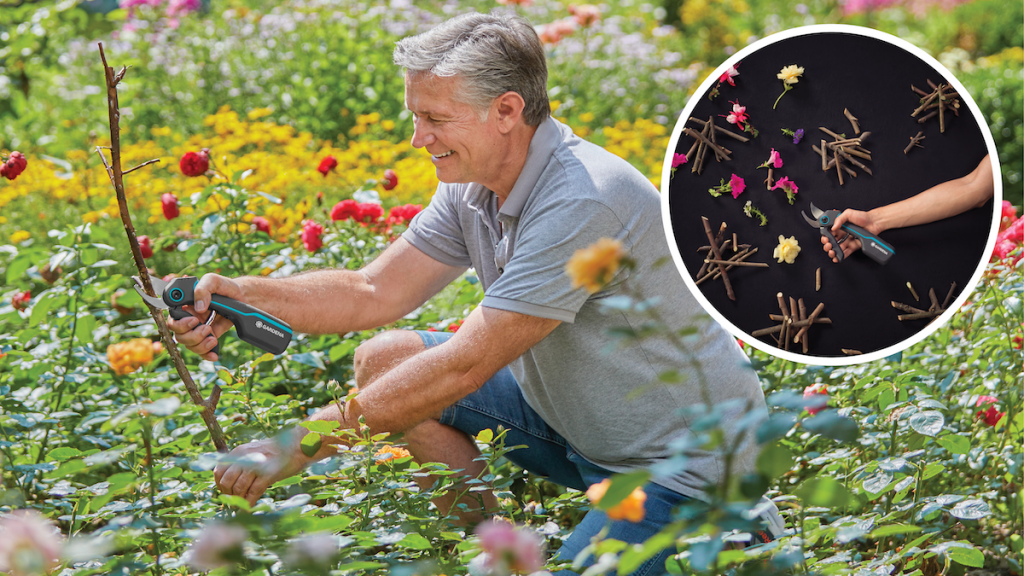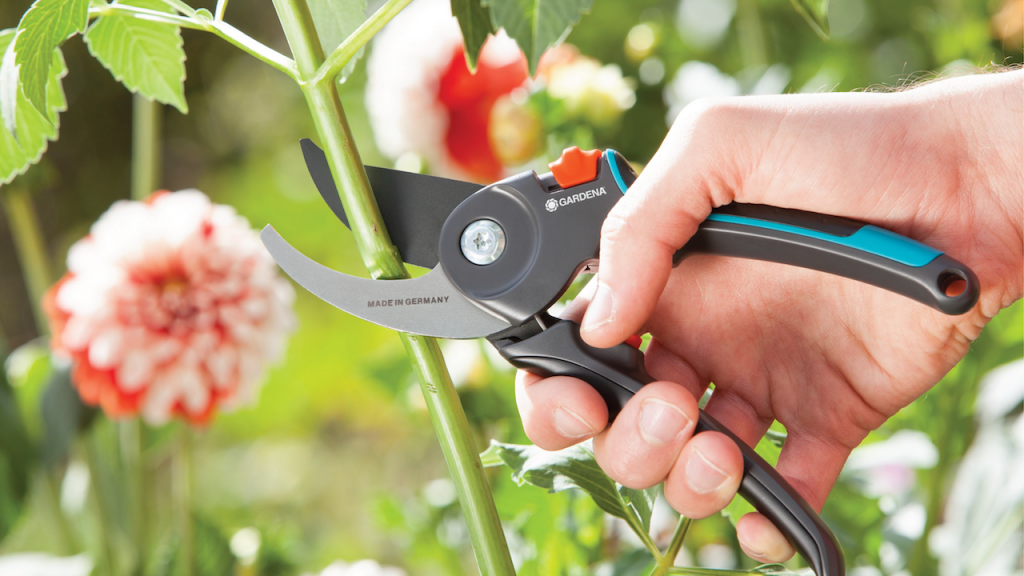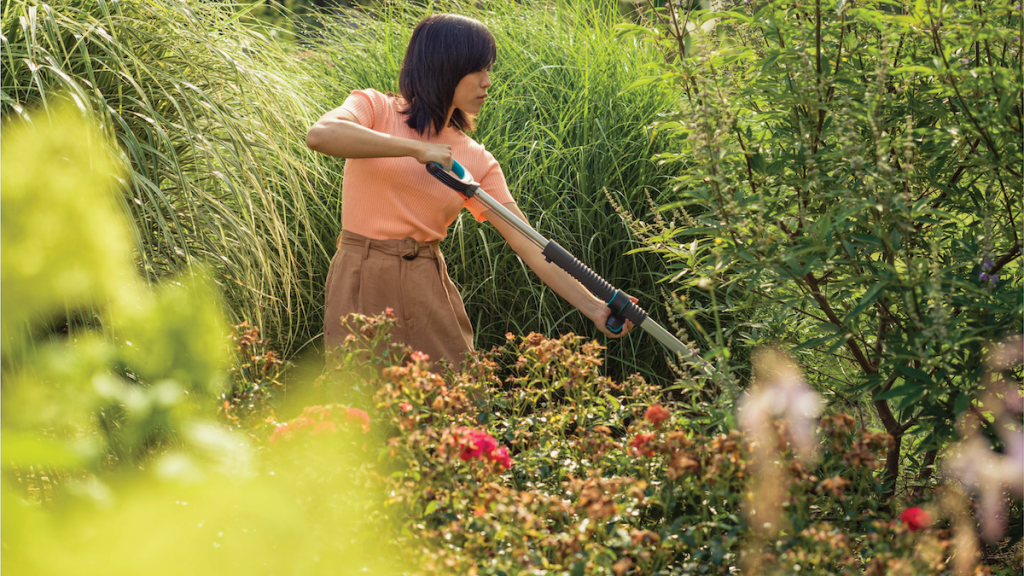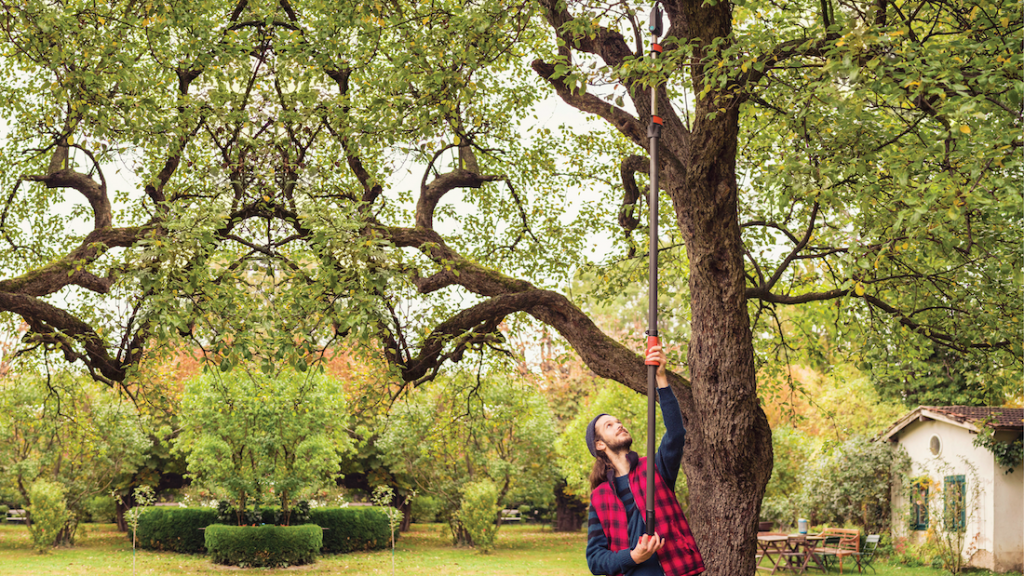For most plants and trees, winter presents the perfect time to start pruning in preparation for a new season of fruiting and flowering.
Pruning is a common practice in horticulture as it involves removing parts of a tree or plant that no longer produces the required growth. In most cases, pruning encourages improved production of flowers or fruits. In some cases, for homeowners and DIY gardeners, pruning helps shape the plantation in the garden and maintains a clean look in the yard. When done correctly, pruning can be an investment as it yields long-term health benefits.
Why should you prune?
- To encourage plant growth.
- To shape the plant.
- To promote flowers and fruit.
- To discard diseased and dead wood.
- To remove all weak shoots and underdeveloped wood.
- To repair frost and storm damage.
When and What to prune
- Winter is the best time to prune shrubs as it is the dormant season, and there is less risk of pruned branches becoming infected.
- Evergreen shrubs can be pruned whenever necessary, usually when flowering is finished. However, if the shrub needs to be reshaped the best time to do this is spring. Evergreen hedges can be pruned at any time of the year.
- The correct time to prune fruit trees is late Winter – Late July or early August. Peach, plum, apple, pear, and apricot trees should be pruned by concentrating on the inner branches at the center of the tree so that air can circulate, and that sunlight can penetrate the remaining branches, which will result in a good harvest next season.
- Citrus trees rarely need radical pruning – just cut out any dead or diseased wood and thin out if necessary.
 How to prune
How to prune
- Before beginning any pruning, check that you have the correct tools you will need for the task.
- Secateurs need to be sharp so that the cut is clean. Blunt secateurs will result in ragged, torn cuts which can cause infection. Use secateurs for pruning smaller branches and offshoots and Loppers for slightly larger, tougher branches. For large, chunkier branches you will need a garden saw.
- It’s a good idea to stand back and take a good look at the tree or shrub before any pruning begins. Once you have decided on the eventual shape, size and height you are hoping to achieve, begin slowly by pruning a few branches and keep stepping back to check the result until you are happy with the results. If you have an overgrown, sprawling shrub with lots of ‘leggy’ branches, it’s worth it.
Trimming methods
Depending on the desired outcome and the time of tree or plant you are pruning, there are different trimming methods that can be considered:
- Reducing Density: This type of trimming usually removes limbs of the tree back to the branch of origin. This method is commonly used to ensure that more sunlight can come through the tree.
- Size Management: Trees sometimes grow very tall and wide, and it becomes difficult to maintain, this method helps reduce the height and the width of the tree.
- Maintaining Health: This trimming method provides fine-tuning where the cuts are usually kept simple and just maintains the tree by clearing out dead and damaged limbs.
- Structural Cuts: These can involve most of the methods mentioned above which are used collectively to improve the health and structure of the tree or plant.

Tools required
GARDENA stocks a wide range of pruning products from basic, comfort, and premium requirements.
Here are some guidelines on which GARDENA pruning tool to use for different applications:
- Secateurs – for soft branches with diameters up to 25 mm
- Loppers – for thicker branches with diameters up to 45 mm
- SlimCut Loppers – for dense undergrowth and hard-to-reach areas
- StarCut Loppers – for pruning high branches from the ground – reaches a height of up to 6m
- AccuShears – Battery-operated shear to trim hedges and lawn edges
Useful tips
- Know your secateur – there is a difference between Bypass and Anvil cutting!
- The bypass cutting principle is when two ground blades slide past each other on cutting, providing an accurate and clean cut. This is suitable for young, green shoots.
- The anvil cutting principle works like a knife where the blade is pushed through the plant and the second blade acts as support to reduce the risk of damage. This is perfect for hard, dry wood.
- Do not prune in very cold conditions as the cold could harm the plant. Plants do not heal well in cold conditions.
- When pruning, it’s a good idea to stand back and take a good look at the tree or shrub before any pruning begins. Once you have decided on the eventual shape, size and height you are hoping to achieve, begin slowly by pruning a few branches and keep stepping back to check the result until you are happy with the results. If you have an overgrown, sprawling shrub with lots of ‘leggy’ branches, it’s worth cutting it right back to encourage young shoots to grow from the base.
- Always wear thick gardening gloves to protect your hands. When pruning dense shrubs, you may require eye protection as well.
For more gardening hints and tips, or when you’re not sure which product to use in your garden, visit www.gardena.co.za.
ALSO SEE: 5 Tips to host your own garden tea party



